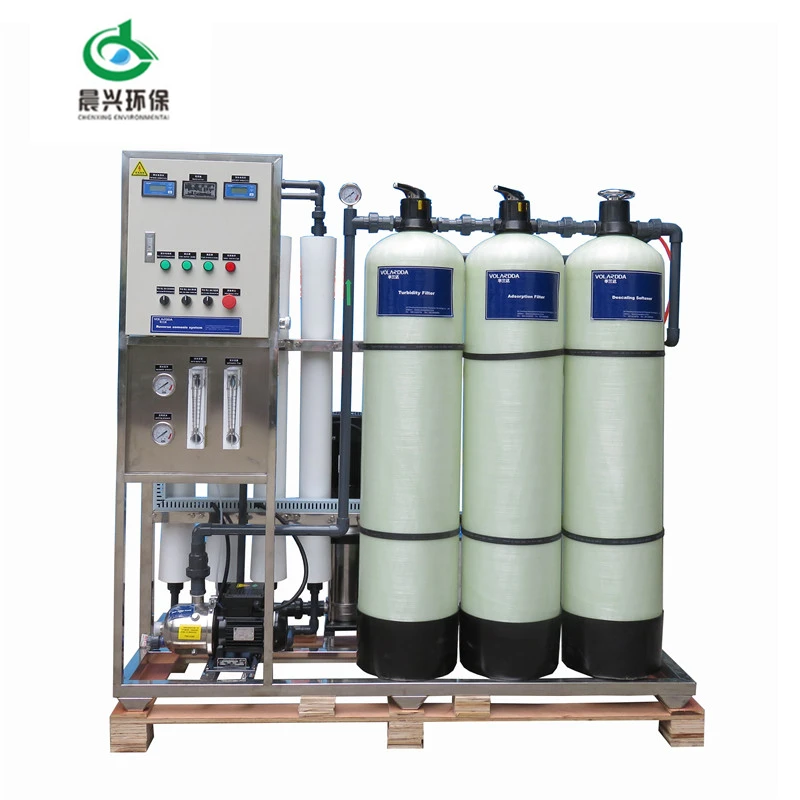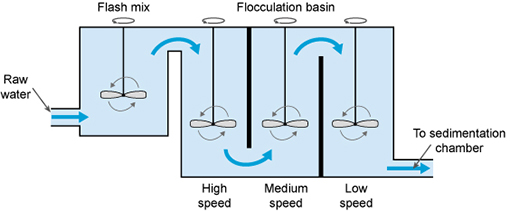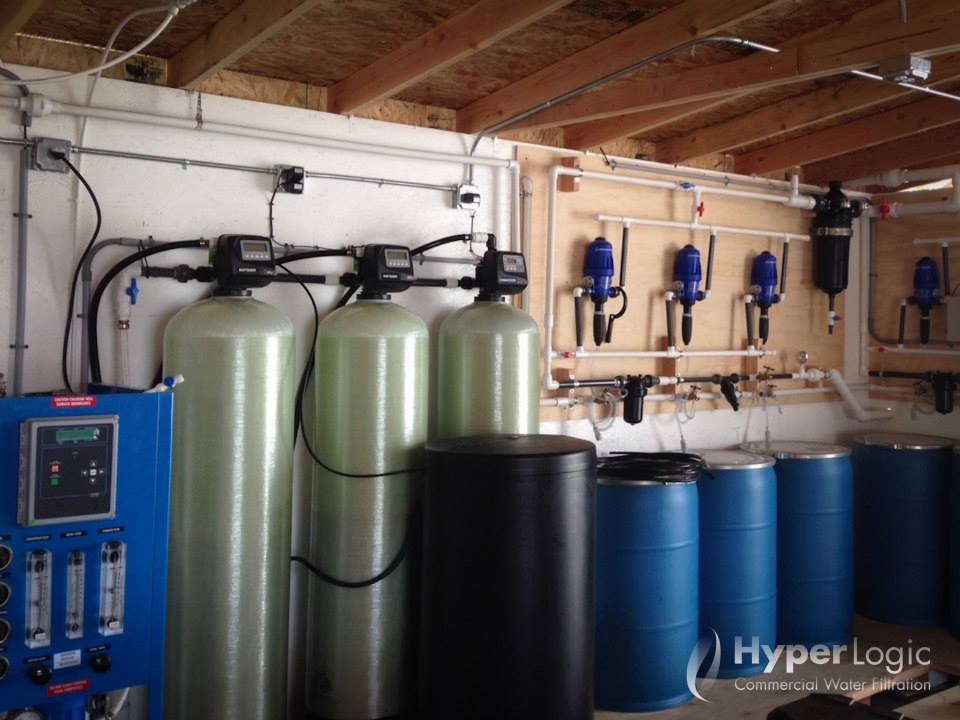Water purification is a vital process that ensures clean and safe drinking water for communities. Large scale water purification systems are designed to treat and purify large volumes of water to meet the needs of a large population or for industrial use. These systems are typically used in municipal water treatment plants and are essential for providing clean and safe water to cities, towns, and other communities.
There are several methods used in large scale water purification systems, including physical, chemical, and biological treatments. Physical treatments involve the use of filters and screens to remove particles and contaminants from the water. Chemical treatments involve the use of chemicals, such as chlorine, to kill bacteria and other microorganisms. Biological treatments involve the use of microorganisms to break down organic matter in the water.
One of the most common methods of large scale water purification is called the "drinking water treatment process." This process involves several steps, including coagulation, sedimentation, filtration, and disinfection. In the coagulation step, chemicals are added to the water to cause small particles to clump together, making them easier to remove. Sedimentation involves allowing the water to sit in a large tank so that the clumps of particles can settle to the bottom, where they can be removed. Filtration involves passing the water through filters to remove any remaining particles. Finally, disinfection involves adding chemicals, such as chlorine, to kill any remaining bacteria or other microorganisms.
Another important aspect of large scale water purification systems is the monitoring and testing of the water quality. This is done to ensure that the water meets the required standards for safety and purity. Water quality is monitored at various stages of the treatment process and is tested regularly to ensure that it meets the required standards.
In conclusion, large scale water purification systems are essential for providing clean and safe drinking water to communities. These systems use a combination of physical, chemical, and biological treatments to remove contaminants and microorganisms from the water. Regular monitoring and testing of the water quality is also important to ensure that the water meets the required standards for safety and purity.






